What is Columbia's Insect Shield technology? And does it really work against biting bugs on the trail?
We speak to Columbia’s VP of Innovation to find out how the brand's Insect Shield gear protects people against mosquitoes, ticks, midges and more
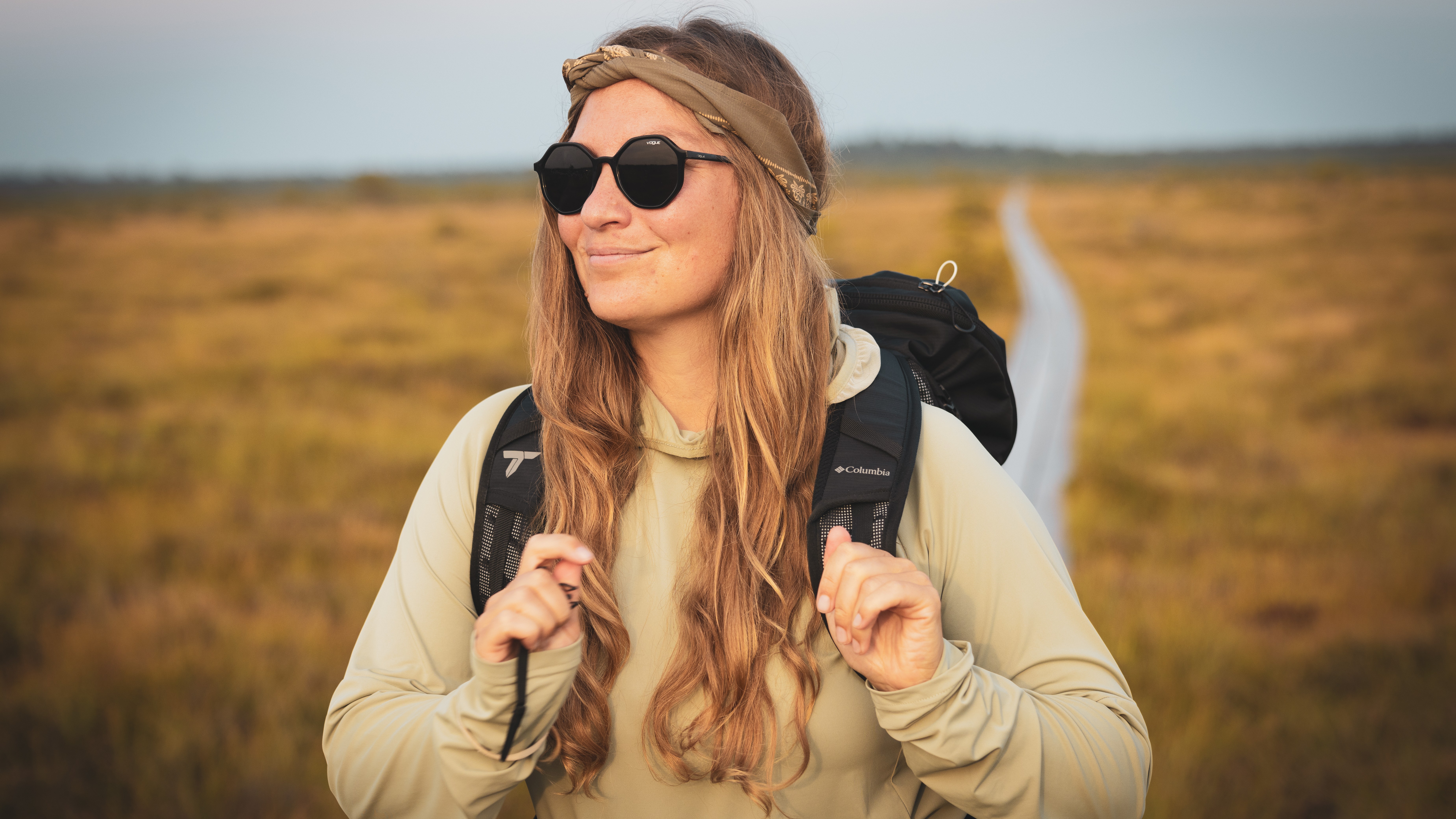
Mosquitoes, ticks, horseflies, fleas, midges – biting bugs have always been, at best, a nuisance for hikers and campers. At worst, some of these pests can pose a major health hazard. Mosquitoes can transmit West Nile virus, ticks can be harbingers of Lyme Disease, and in certain areas, fleas can carry the bubonic plague. Nasty. In short, a hike in nature sometimes delivers more than you seek, and not in a poetic John Muir quote kind of way.
At Columbia Sportswear's design HQ, this is exactly the type of issue that the Innovation Team likes to get its teeth into.
“We’re always looking for problems to solve,” VP of Innovation Haskell Beckham tells me.
Over the years, addressing the problems hikers and outdoor recreationists face – heat, cold, wet weather, rough terrain – has produced dozens of innovations for the Oregon-based company. Omni-Heat works like an emergency blanket, using tiny metallic dots to make clothing from base layers to puffer jackets reflective and capable of keeping you warmer in frigid conditions, while OutDry Extreme puts a breathable waterproof membrane on the outside of your rain jacket or pants, bypassing the need for DWR and preventing the material from wetting out.
Recent innovations have seen the brand, founded in 1937 by Gert Lamfrom after she fled Nazi Germany, look to nature for inspiration, coming up with a hiking shoe inspired by a pine cone (one of my favorites from last year) and a down jacket inspired by a polar bear.
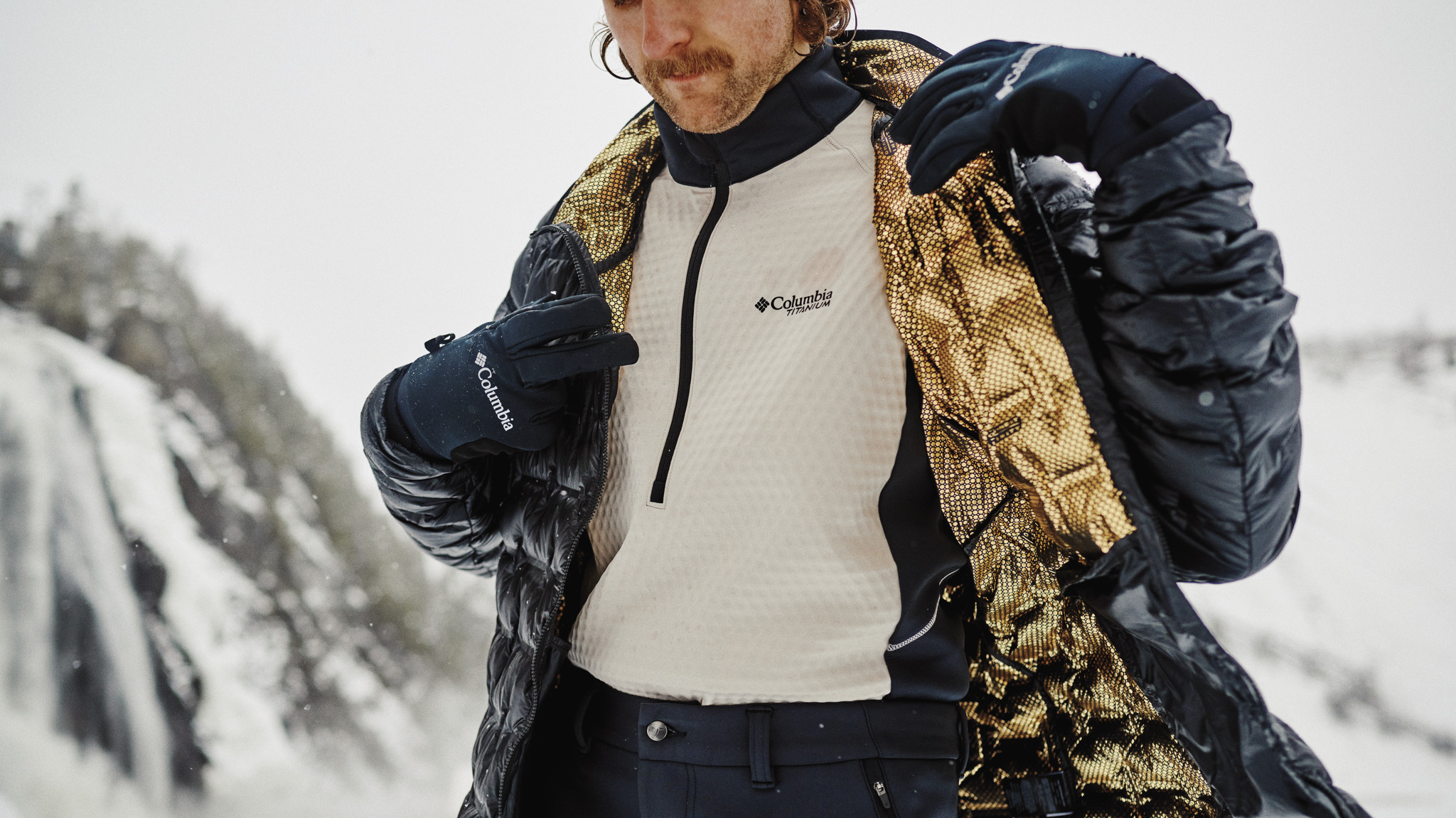
A warming planet
Columbia may not have the aspirational clout of a brand like Arc’teryx, but some of these technologies are truly ingenious. As Beckham points out, developing its own technologies allows Columbia to make more affordable outdoor gear and help more people get outside safely.
“If you’re only offering products at very high price points, you’re not really being very inclusive, and at Columbia we’re very proud of the fact that we can engage with a broad, diverse group of consumers.”
All the latest inspiration, tips and guides to help you plan your next Advnture!
All this is what led Beckham and his team down a rather deep rabbit hole a few years ago, on a mission to try to solve the problem of mosquitoes – and other biting bugs – for those of us who like to spend time outdoors.
For a long time, many of us who live in cooler northern climes or higher altitude regions have assumed we were safe from itchy red bites and infectious diseases. Those problems are for hikers in Florida, we said smugly. But, as research shows, all that is getting ready to change.
“As the planet warms, mosquito season gets extended in a lot of regions and furthermore, mosquitoes are appearing in places they never have before,” says Beckham.
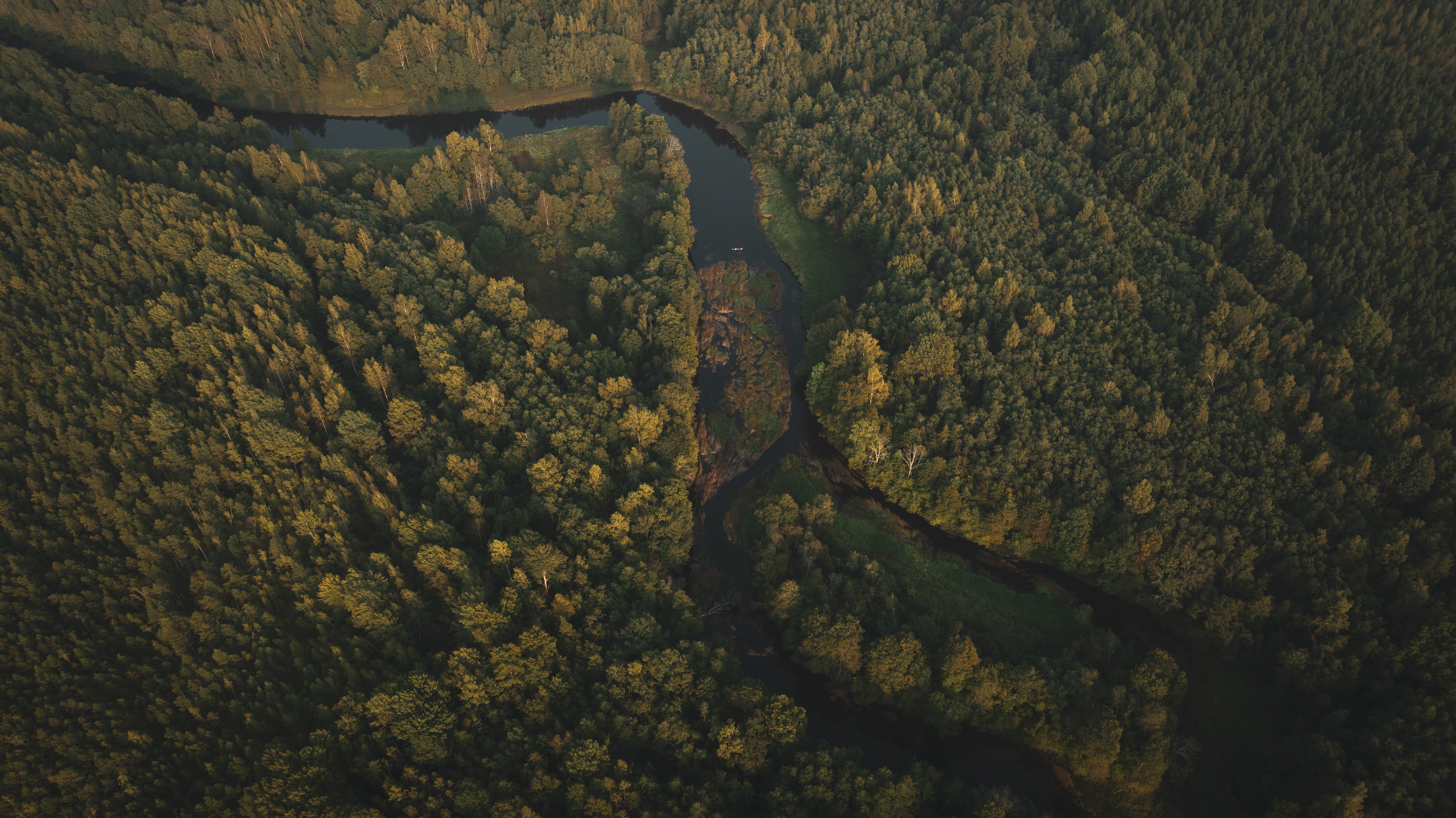
Mosquitoes are just too clever
Trying to get ahead of climate change, Beckham and his team went to work, attempting to create clothing capable of protecting hikers from mosquitoes. After seeing the results of 2020 research exploring the hypothesis that stripes help zebras ward off insect bites, Beckham says he wondered if the same concept could be applied to clothing.
“I’ve never heard of any other brand taking this approach and coming up with camouflage for mosquitoes, and I thought we may have stumbled across something really neat here.”
Beckham and his team spent countless hours in labs sticking their arms in cages and counting how many mosquitoes landed and how many bit their host. They created a checkerboard pattern using Columbia’s Omni Shade Sun Deflector technology, which applies white dots to a reflective fabric to help with cooling, and he says it produced “an amazing reduction” in the average number of bites. But in the end, Beckham and his team came up against a major hurdle – well, three to be exact.
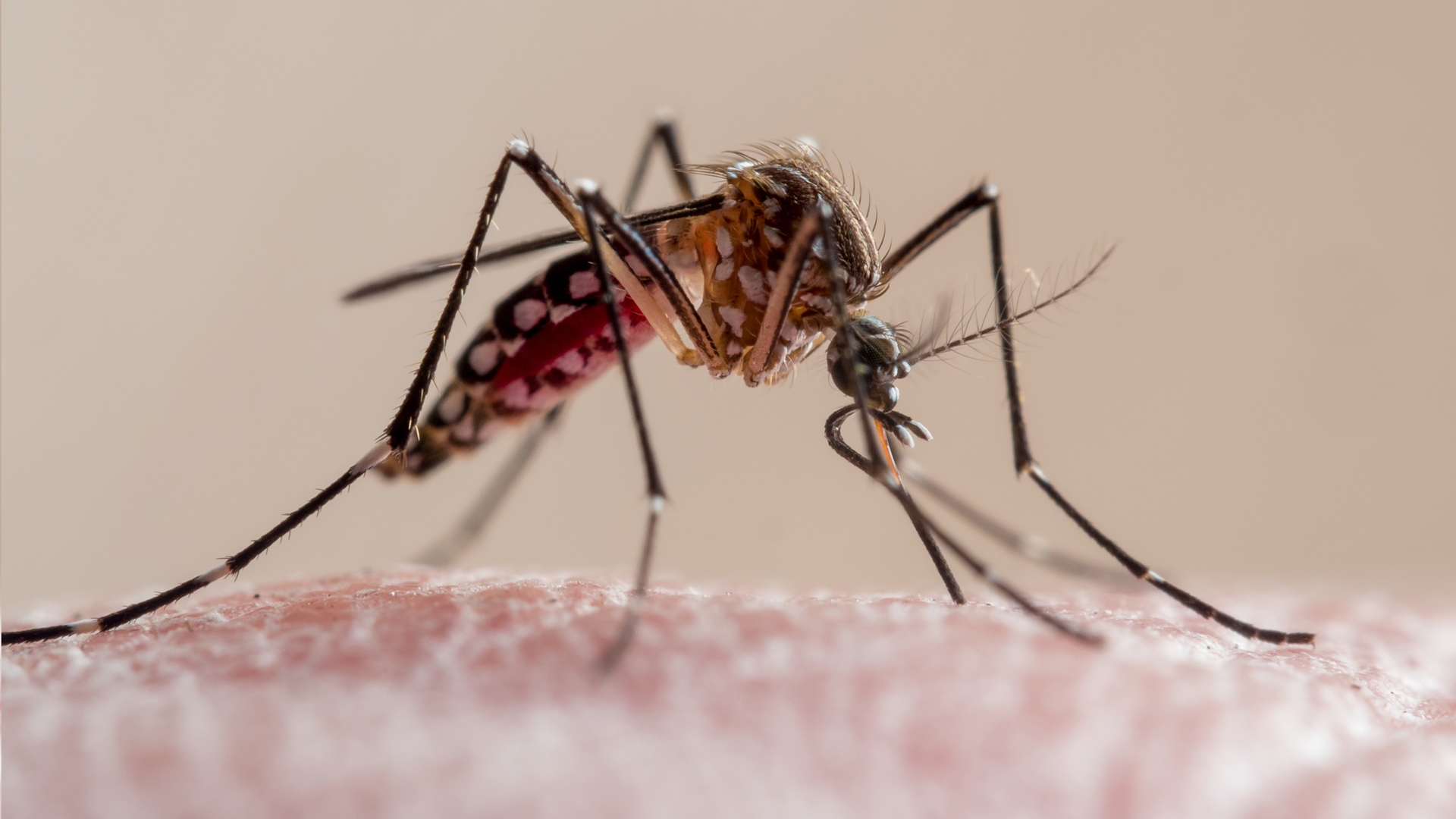
Mosquitoes have not one or two, but four different mechanisms to target you when you’re out on the trail: they can detect carbon dioxide, which you emit with every breath you exhale, they can sense your body heat, they can smell you and they can see you (though not particularly well).
“If you cut off any one of those they still have three different ways to target humans so it becomes very challenging,” says Beckham.
In other words, mosquito camo alone wasn’t going to be enough.
“We thought there was going to be an opportunity there for disruptive innovation, but mosquitoes are just too clever.”
So the good news is that we don’t all have to start hiking dressed like zebras, and the Columbia team realized that the solution they sought already exists. This summer, the brand launched its Insect Shield collection, featuring hats, shirts, jackets, and hiking pants that claim to protect us from biting insects without having to douse ourselves in DEET.
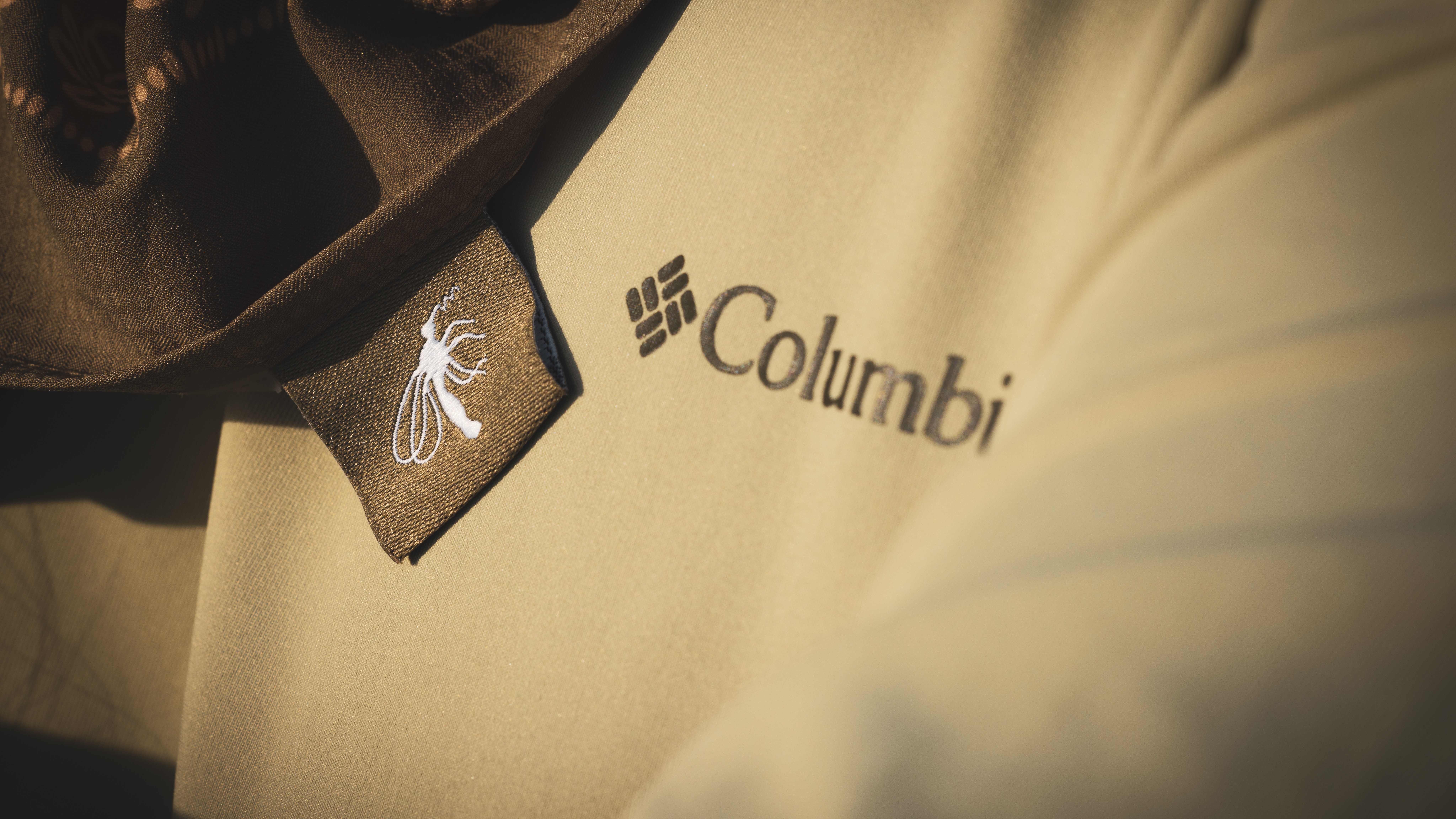
What is Columbia’s Insect Shield collection?
Unlike in-house Columbia technologies such as Omni-Shade and Omni-Freeze, Insect Shield is a third-party technology that the Columbia design team has integrated into fabrics to create a collection of hiking clothing designed to protect you against bugs. The designs are loose-fitting, light-colored hiking clothing with additional features like deployable sleeves and mosquito face masks that can be tucked away when not in use.
Insect Shield is the trademark name for an insecticide called permethrin that can be applied to the fabric of clothing. Permethrin naturally occurs in certain chrysanthemum flowers, but Insect Shield produces it synthetically, and the company says permethrin and Insect Shield Repellent Gear works against mosquitoes, ticks, ants, flies, chiggers, and midges (no-see-ums).
Unlike insect repellent, which prevents mosquitoes from being able to smell you, or mechanical barriers (fabrics that don’t allow penetration but are super hot and uncomfortable for hiking), permethrin works on all mechanisms to essentially stun mosquitoes, according to the CDC, and usually causes them to die.
We’re always looking for problems to solve
Haskell Beckham - Columbia's VP of Innovation
According to Insect Shield, Permethrin has been used in the US as an EPA-registered product since 1977, appearing in lice shampoos for children, flea dips for dogs, and various other products. The site says Insect Shield has undergone years of intensive research and field study in accordance with USDA regulations, and using it meant Beckham and his team could save on resources, bypassing processes that would have set the company back hundreds of thousands of dollars.
“We’ve figured out during the course of our research that this solution works better than anything we were trying and overcame all the regulatory hurdles and allowed us to put product into the market sooner.”
Columbia designers had fabrics treated with Insect Shield – essential binding the insecticide to the fibers – then tested the fabric again before coming up with designs like the Skien Valley Hooded Long Sleeve Shirt and Cachalot Hat, which protects you from more than just the sun.
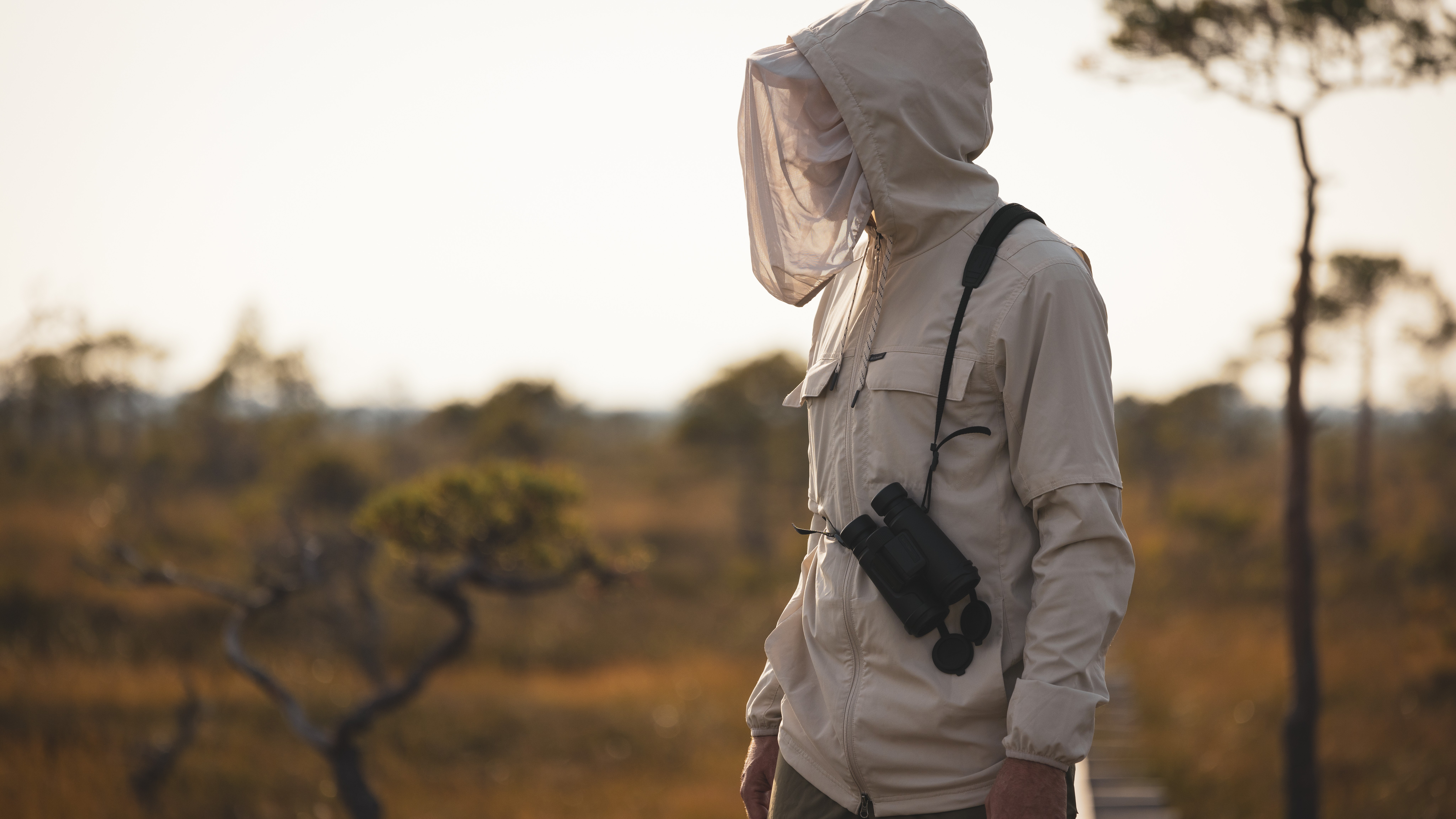
Why not just use insect repellent?
If you’re allergic to DEET or just find bug sprays and lotions uncomfortable to wear, this news will be like music to your ears. But if you’ve found a brand of insect repellent that works for you, you might be wondering why you’d make the switch and buy a whole new wardrobe?
For starters, Insect Shield has reams of videos and articles showing its research to provide the effectiveness of its product. Another compelling argument for the Insect Shield collection is that it’s odorless, which will come as welcome news even if you’re not overly sensitive to the smell (and let’s be honest, taste) of bug spray clawing at the back of your throat after you hose yourself down with it.
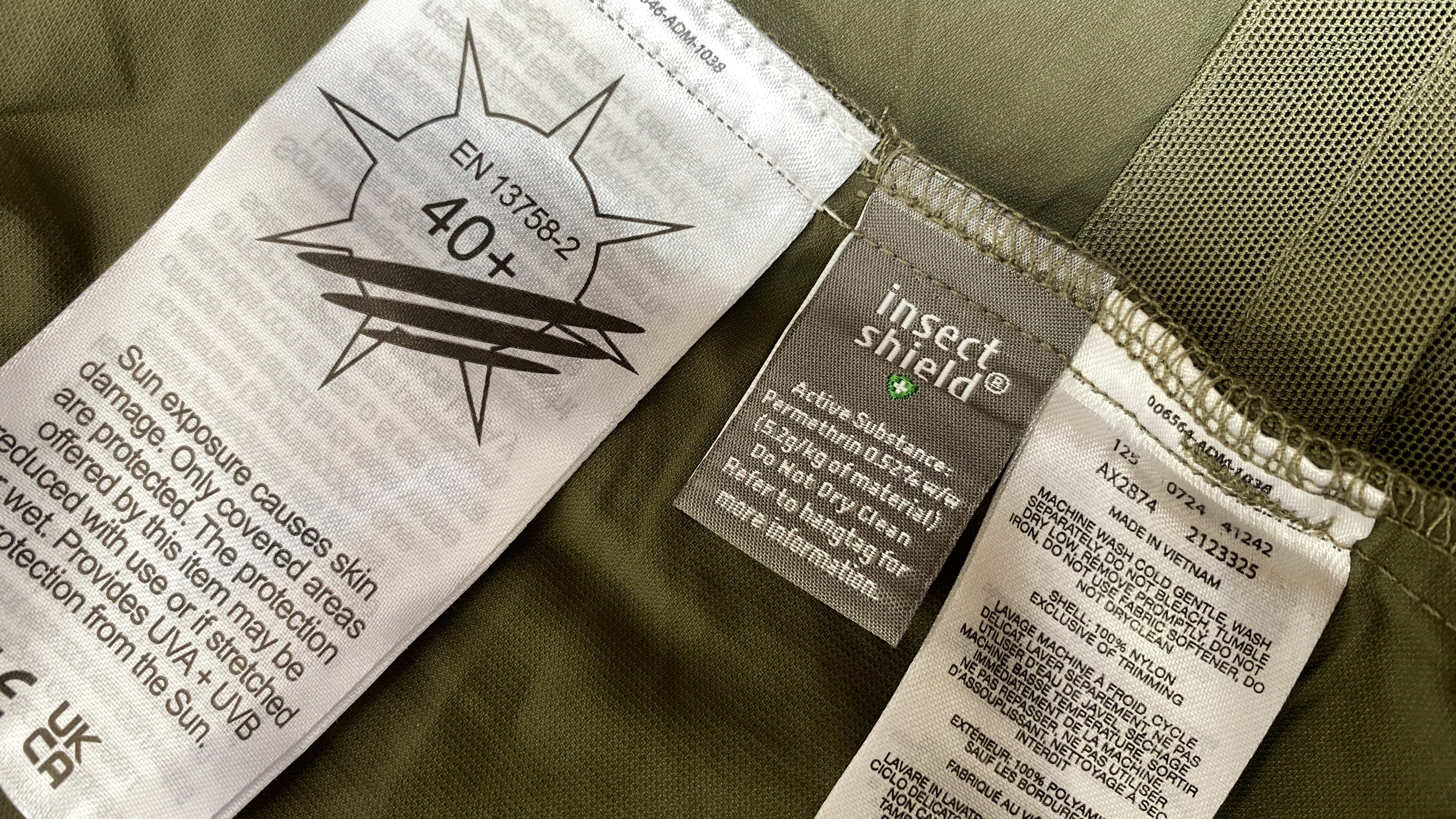
It’s also durable, with Insect Shield saying the product is EPA-registered to last through 70 washes, which is far beyond the average life expectancy of most hiking tops and bottoms. Even if you wear the Skien Valley Cargo Pants for one hike a week in the summer months, you could get away with only three or four washes a season, which means they could last you more than 20 years.
And, as Beckham points out, “It’s really safe.”
While the jury is still out on just how harmful DEET is (unless you drink it, then it’s definitely harmful), Insect Shield has no Consumer Risk Rating from the EPA, and that’s because you can’t overdose on it.
“We’ve put just enough to be effective but not enough that you can overexpose yourself like you can with a spray.”
We're still in the process of testing the gear out ourselves, but if the label is correct and you head out into the woods dressed in Columbia’s Insect Shield collection this summer, you’ll quite literally knock 'em dead.
- The best hiking shirts: choose one of these great fitting active tops with bags of technical clout
- The best hiking pants: don't let winter slow you down with our top trail trousers
Julia Clarke is a staff writer for Advnture.com and the author of the book Restorative Yoga for Beginners. She loves to explore mountains on foot, bike, skis and belay and then recover on the the yoga mat. Julia graduated with a degree in journalism in 2004 and spent eight years working as a radio presenter in Kansas City, Vermont, Boston and New York City before discovering the joys of the Rocky Mountains. She then detoured west to Colorado and enjoyed 11 years teaching yoga in Vail before returning to her hometown of Glasgow, Scotland in 2020 to focus on family and writing.

